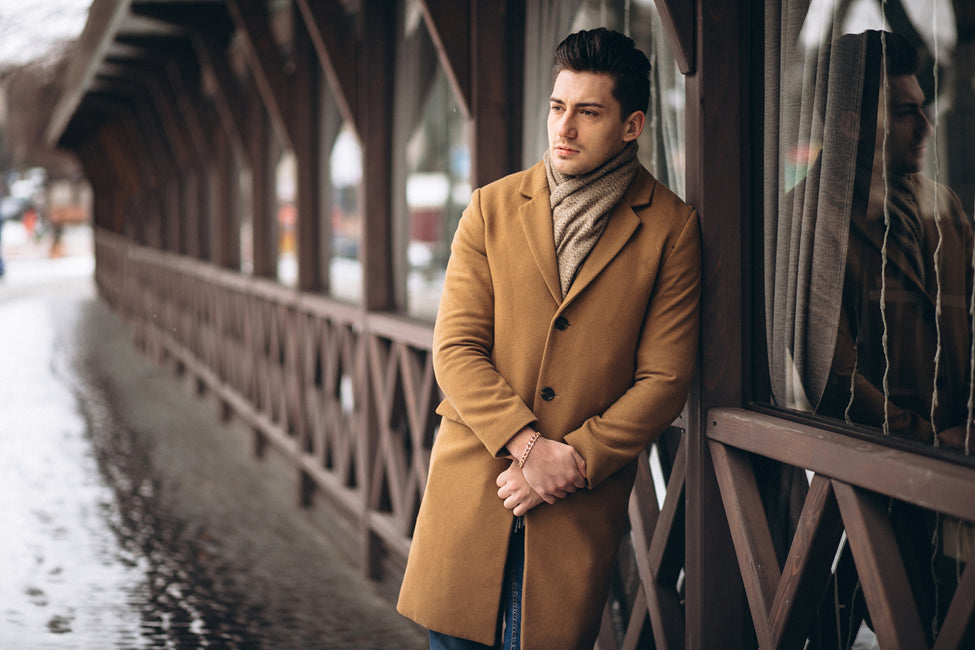What Kind of Wool is Used for Overcoats?

Overcoats are a timeless and essential addition to any winter wardrobe, providing both style and functionality. One crucial factor that determines the quality and performance of an overcoat is the type of wool used in its construction.
In this guide, we will explore the various kinds of wool suitable for overcoats, helping you make an informed decision when selecting the perfect winter outerwear.
Merino Wool: A Luxurious Choice
Merino wool is renowned for its exceptional softness and fine texture, making it a popular choice for high-quality overcoats. Originating from Merino sheep, this wool is prized for its natural elasticity, which allows the fabric to retain its shape over time. Merino wool overcoats are not only comfortable but also provide excellent insulation, keeping you warm without the bulk often associated with heavier fabrics.
Cashmere: The Epitome of Elegance
For those seeking the epitome of luxury, cashmere overcoats are an excellent option. Derived from the soft undercoat of Cashmere goats, this wool is known for its silky feel and lightweight warmth. Cashmere overcoats are not only incredibly soft but also boast a distinct sheen that adds an element of sophistication to any ensemble. While these overcoats may come with a higher price tag, their timeless elegance and superior comfort make them a worthwhile investment.
Tweed: Classic and Durable
Tweed is a robust and coarse woolen fabric that has been a staple in traditional overcoat construction for decades. Originating in Scotland, tweed is known for its durability and ability to withstand harsh weather conditions. Tweed overcoats are characterized by their distinctive texture and earthy tones, making them a classic choice for those who appreciate a timeless, rugged aesthetic. These overcoats are not only stylish but also provide excellent insulation, making them suitable for colder climates.
Melton Wool: A Military Heritage
Melton wool, with its dense and tightly woven structure, has a long-standing history in military overcoat production. Derived from a blend of various wools, Melton wool overcoats are known for their wind-resistant and water-repellent properties. The fabric's dense composition also contributes to its ability to retain heat effectively, keeping the wearer warm in inclement weather. Melton wool overcoats are often favored for their durability and classic appearance, making them a practical choice for both formal and casual occasions.
Camel Hair: Nature's Insulator
Camel hair overcoats are prized for their natural insulation properties. Camel fibers have a hollow structure that traps air, providing excellent warmth without excessive weight. These overcoats are known for their softness, smooth finish, and ability to regulate temperature, making them suitable for a range of climates. Camel hair overcoats are often appreciated for their distinctive, warm color tones, adding a touch of sophistication to winter wardrobes.
Conclusion
When selecting an overcoat, the type of wool used plays a crucial role in determining its comfort, durability, and overall performance. Whether you prefer the luxurious feel of cashmere, the classic charm of tweed, the military-inspired durability of Melton wool, or the natural insulation of camel hair, each type of wool brings its unique characteristics to the table.
Consider your personal style, climate requirements, and budget to make an informed choice that ensures your overcoat not only keeps you warm but also enhances your overall winter wardrobe.





